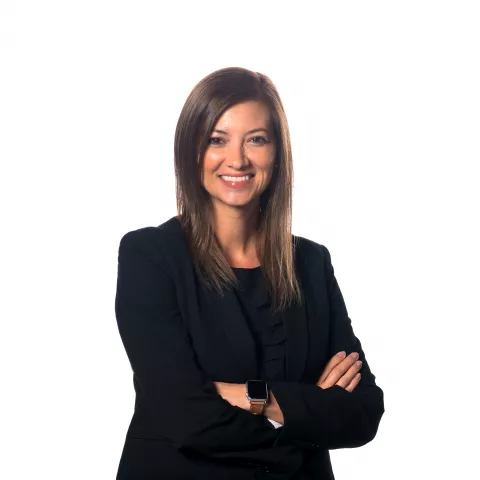Using actors, sound effects and a stage set-up as a battlefield, doctors and engineers are working together to solve a problem.
"This has real applications to improving human lives, saving lives," says Ron Gimbel, Ph.D., who is a Clemson University researcher and former Naval Medical Services Corp. Officer.
With a grant from the Department of Defense, Clemson University researchers are working in collaboration with Prisma Health to create a system to capture key information from the time an incident happens, in order to impact the direct care of the patient.
The project is called CARD, Complete and Resilient Documentation, and focuses on the long-term feasibility of hands-free documentation for medical rescue missions from point of injury, through transport, to field hospitals using speech recognition, natural language processing, and video analysis technologies.
"Running speech recognition software in the battlefield is our first goal," says Kuang-Ching Wang, Ph.D, a professor in the Electrical Engineering Department at Clemson University.
"By migrating the information into an electronic medical record, that becomes a permanent part of [a solider's] record if they go through medical discharge, retirement or disability, that there would be a clear record of what happened," Dr. Gimbel adds.
To date, the team has conducted systematic studies on the medical workflow and developed a technology platform for the mission. The technology platform consists of GoPro cameras and embedded computers that can be carried by EMS personnel to, in real time, convert audio conversation into digital text and extract structured information into the medical records.
To tackle the top concerns of speech recognition errors in high noise, high movement environments, the team opted a modular system architecture that can divide and conquer multiple distinct performance bottlenecks in the system to reduce the impact of noise, to enhance the correctness of medical information extraction, and to tolerate and correct typical errors that are unavoidable in such environments.
The team has conducted multiple simulated drills of medical evacuation of trauma patients from the battlefield, helicopter transport, and field hospital procedures. These drills were conducted at the Prisma Health Simulation Center in Columbia on three different occasions.
"Typically in the tactical scenario, things are moving really quick. You don't have time for writing out information or sharing a lot of detailed information," says Dr. Steve Shelton, Medical Director of Emergency Prepardness for Prisma Health. "That's what's unique about this project, is that we are trying to create it so it's simple. So the medic can speak. That information can be picked up immediately and transcribed into a record. A record can reach a physician or a hospital much quicker, so we have a much clearer picture of what happpened to that casualty."
"Ultimately, if we can get a device that's durable, that captures what's happening in video and audio, and maybe other sensory data in the future, this will give not only the battlefield medics but potentially civilian EMS an opportunity, when they come onto a big horrific auto scene, of capturing what's going on ... and then in the future being able to transmit that data ahead of time, before the patient arrives in the emergency department," says Dr. Gimbel.

